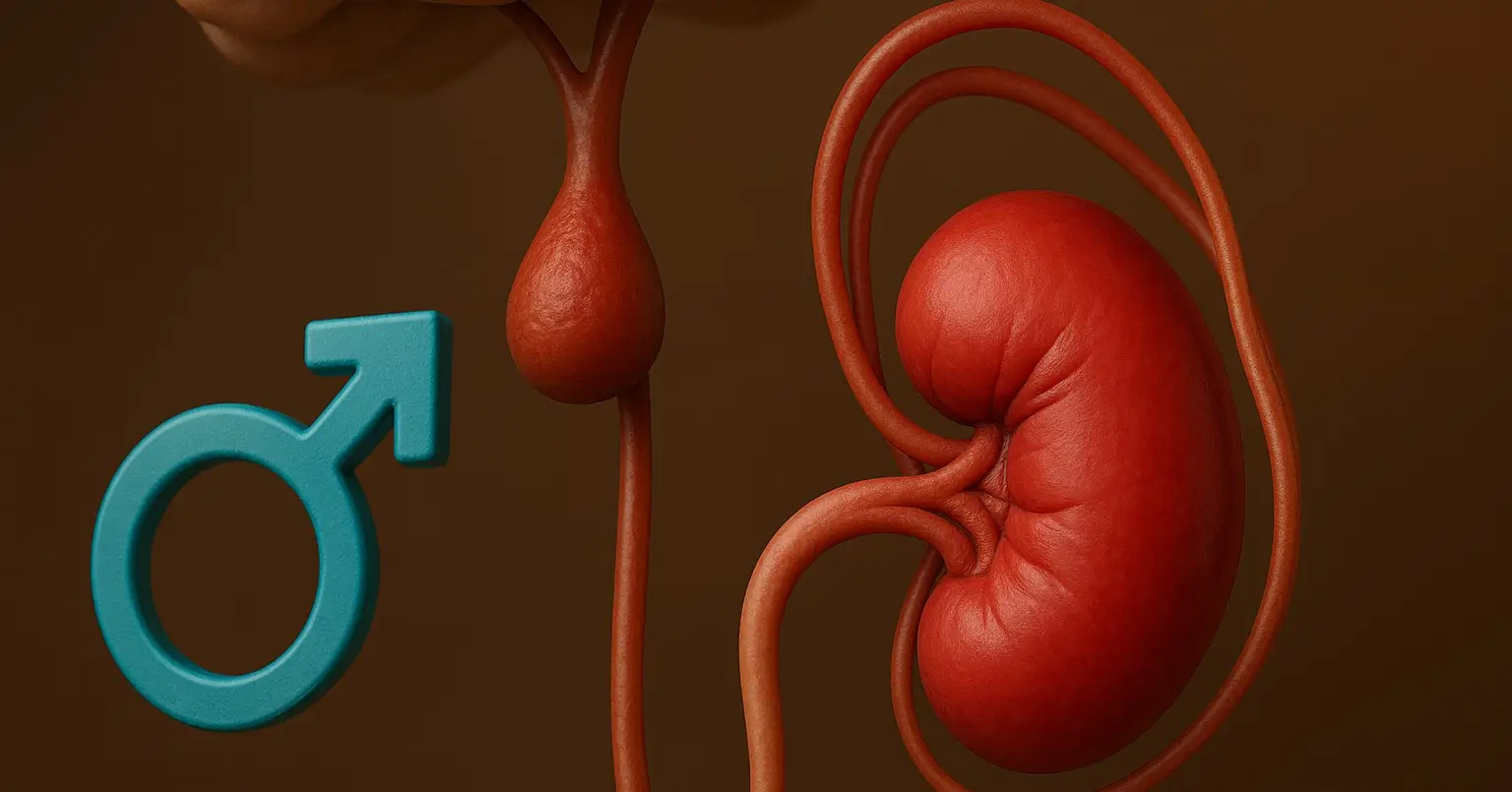- Sex hormone disorders in males involve imbalances or abnormalities in the production, function, or effects of sex hormones, primarily estrogen, progesterone, and testosterone.
- Sex Hormones Disorders can affect both males and females, leading to a variety of health issues.
1. Hypogonadism (Sex Hormones Disorders in males)
Introduction
- Hypogonadism is a condition in which the body produces insufficient testosterone, the primary male sex hormone.
This is a sample ad placement!
Causes
-
Primary Hypogonadism (Testicular Dysfunction)
- Genetic Conditions: Such as Klinefelter syndrome.
- Injury: Trauma to the testes.
- Infection: Mumps orchitis or other infections affecting the testes.
-
Secondary Hypogonadism (Hypothalamic or Pituitary Dysfunction)
- Tumors: Affecting the pituitary gland or hypothalamus.
- Radiation Therapy: Damage due to treatment for cancers.
- Chronic Illnesses: Such as HIV/AIDS, obesity, or diabetes.
Symptoms
- Delayed puberty
- Reduced libido and erectile dysfunction
- Decreased muscle mass and strength
- Fatigue and depression
- Osteoporosis (weakening of bones)
This is a sample ad placement!
Treatment
- Testosterone Replacement Therapy (TRT)
- Administered through injections, patches, gels, or implants to restore normal testosterone levels.
2. Androgen Insensitivity Syndrome (AIS)
Introduction
- Androgen Insensitivity Syndrome (AIS) is a condition where individuals with XY chromosomes have tissues that are insensitive to androgens (male sex hormones).
This is a sample ad placement!
Causes
-
Genetic Mutations
- Mutations in the gene encoding the androgen receptor, leading to impaired function.
Symptoms
-
Complete AIS
- Female external genitalia with undescended testes.
- Absence of a uterus and fallopian tubes.
- Lack of menstruation at puberty.
-
Partial AIS
- Ambiguous genitalia: A mix of male and female physical characteristics.
- Variable degrees of genital masculinization.
-
Mild AIS
- Normal male genitalia with infertility.
- Possible gynecomastia (development of breast tissue).
Treatment
-
Hormone Therapy
- Estrogen Therapy: For individuals with complete AIS to promote the development of secondary female sexual characteristics.
-
Surgical Management
- Gonadectomy: Removal of undescended testes to prevent malignancy.
- Genital Reconstructive Surgery: If necessary, to align physical appearance with gender identity.
-
Psychological Support
- Counseling and support for individuals
This is a sample ad placement!
Thank you for reading from Firsthope's notes, don't forget to check YouTube videos!

